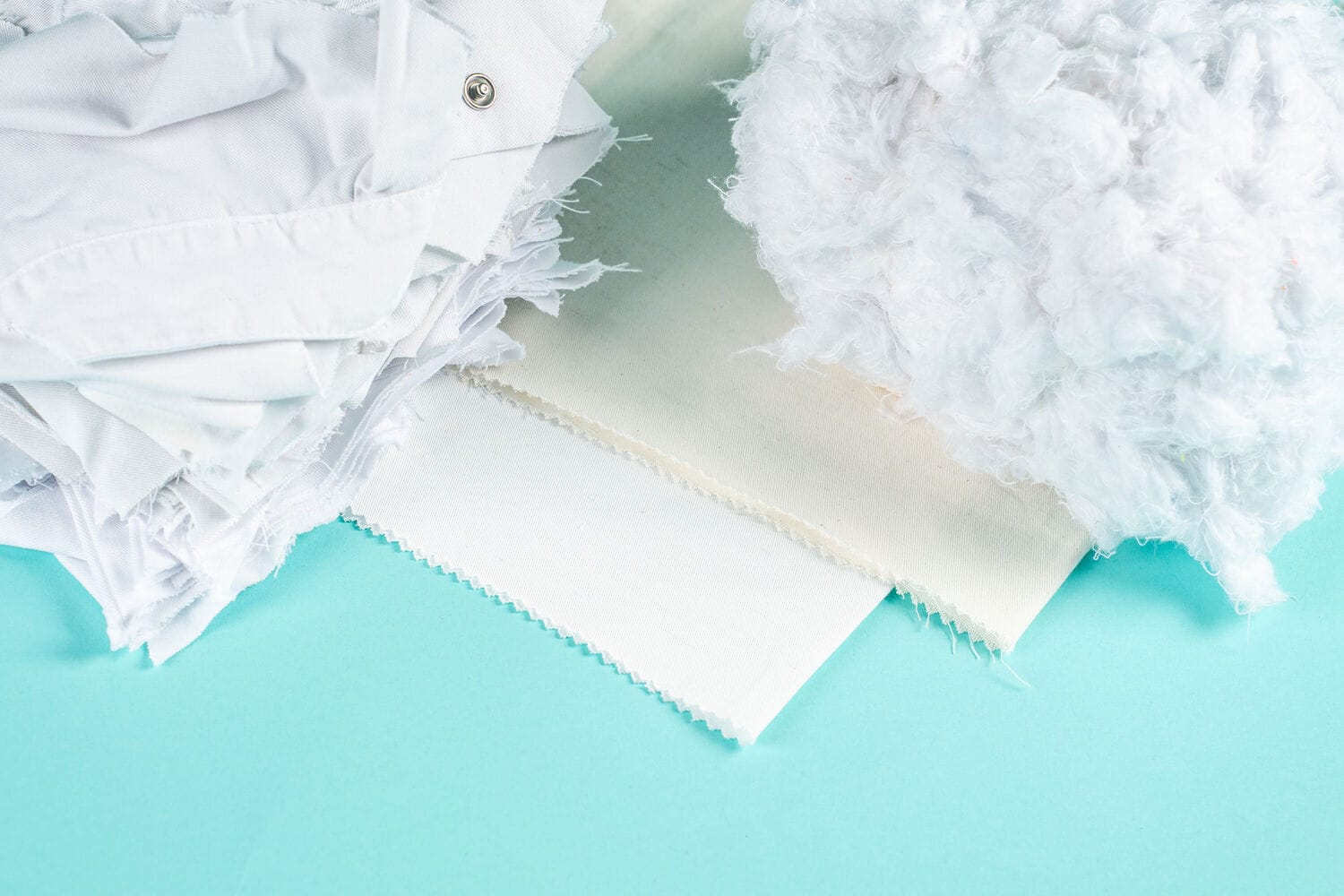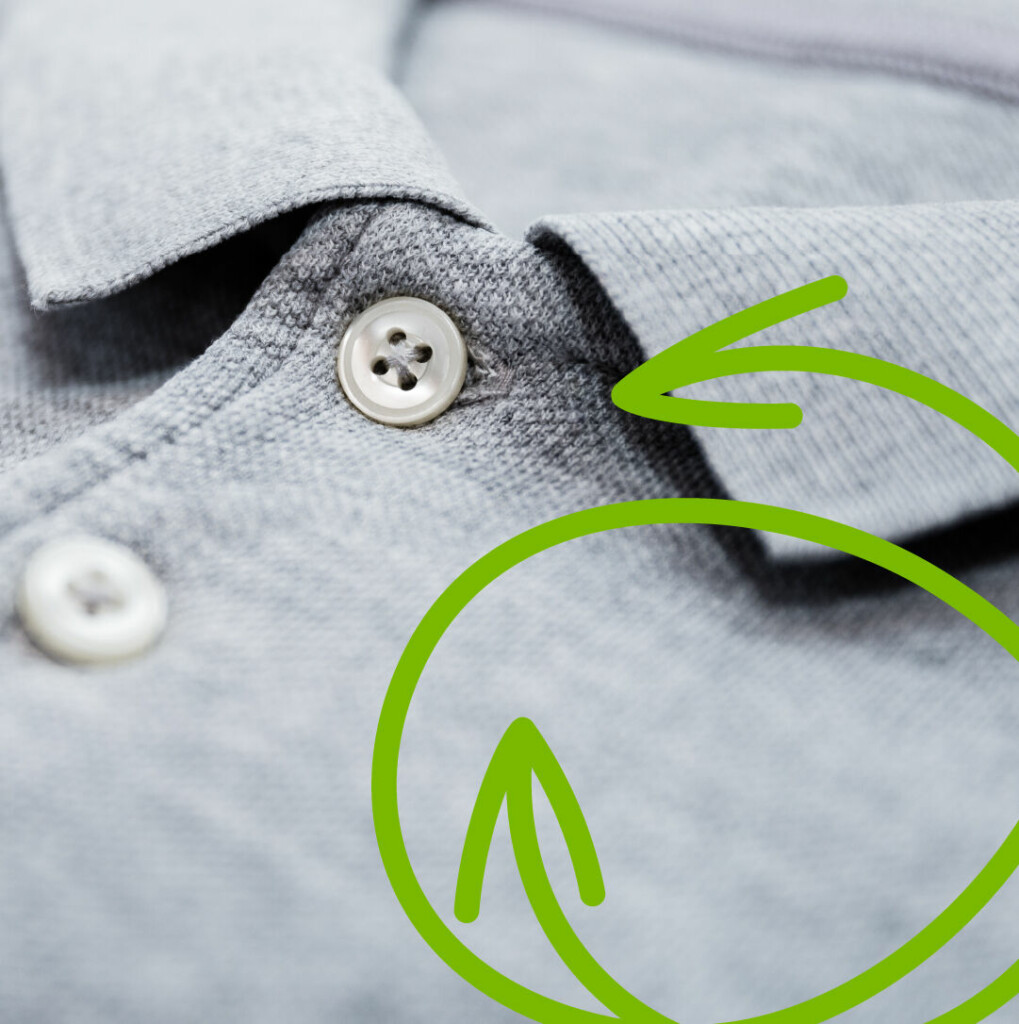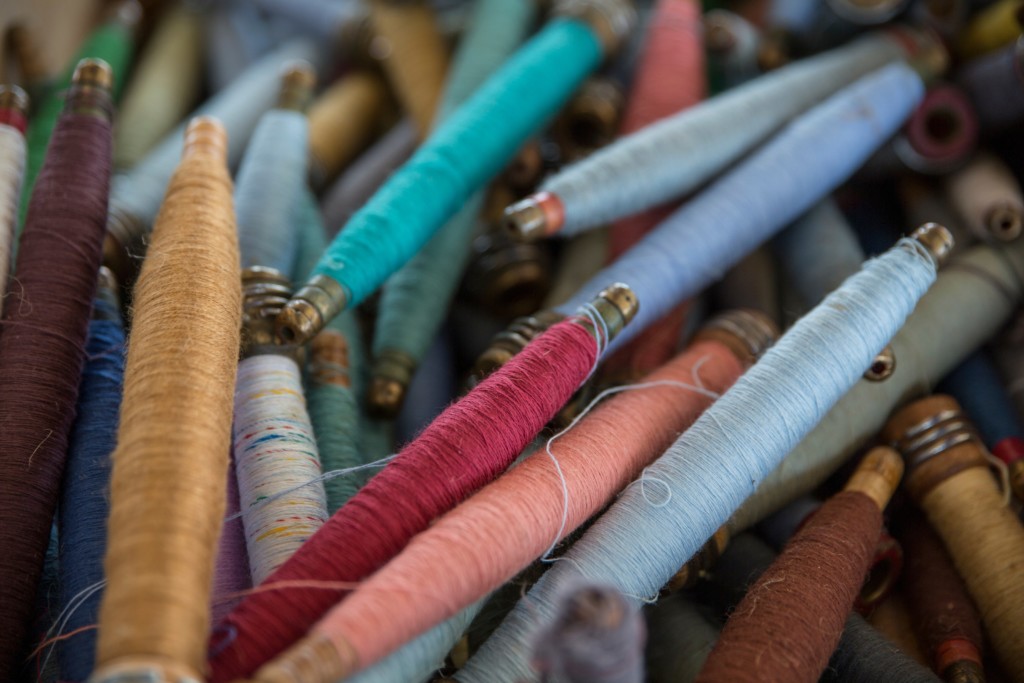
Circular economy in textile industry is the new norm
From linear to circular economy in textiles: rediscovering timeless practices
In today’s linear world, success is built around growth, which usually means more production, raw materials, waste and pollution. The textile industry is not an exception, where especially fast fashion creates significant amounts of GHG emissions and wastewater and consumes large volumes of energy, water, and chemicals.
But could you imagine a future where challenges would turn into opportunities? To understand the huge potential of circular economy principles in the textile industry, we can reflect on the history, not so many decades ago. Our grandparents used functional and durable clothes, washed and maintained them to prolong their lifespan and repaired them when needed. They were very creative in reusing ideas to give a second life to textiles as many different household solutions.
It is obvious that the textile industry has great potential to transform itself into a more sustainable and circular one, where textiles are designed, produced, used, and reused in a way that minimises the environmental impacts and maximises the value and benefits for all stakeholders. By adopting circular economy principles, we all could contribute to achieving the United Nations Sustainable Development Goals (SDGs), such as climate action, clean water and sanitation, responsible consumption and production, and decent work and economic growth. To realise this potential, we need to adopt innovative and collaborative approaches involving all value chain actors, from raw material suppliers to end-users and recyclers.
Practical tips for boosting circular economy practices
Lindström provides a full circular service model for workwear, mats, hand towels, hotel and restaurant linen and many more rental products. We have been developing our business model over the decades (already 176 years!), even before circular economy or sustainability became a buzzword. Here are a few examples and tips on how to add value through circular thinking:
- Circular economy: Extend the lifespan and value of the textiles by designing them to be durable, functional, and easy to repair and maintain. Ensure textiles are reused or recycled at the end of their lifespan. Explore how we design for circularity.
- Responsible sourcing: Use certified, recycled, or biobased materials whenever possible, but ensure by testing that you are not sacrificing the durability or functionality of the textiles. Poor quality will increase the need for textile production and lead to more waste. Read more about recycled materials.
- Efficient operations: Optimise your operations to reduce their environmental impacts and costs. Use modern and energy-efficient equipment, water and energy-saving technologies, and renewable energy sources. Optimise the routes and ensure full loads in logistics. One example of improving water efficiency here
- Customer value: Help customers reduce their environmental impacts and costs by offering them textile rental and maintenance services. In these services, customers only pay for the use of the textiles, not the ownership. By optimising the number of garments needed, you can prevent overproduction and manufacture only what is needed. Read more here.
The power of partnership driving circular solutions forward
Weaving together a circular future
We at Lindström believe that the future of the textile industry is circular and should become a “new normal.” We also believe that we have a key role to play in shaping and driving this transformation.
As nobody can be an “expert on everything”, collaboration is a key to developing new and better solutions. If I were to give one last piece of advice, it would be: “Let’s connect with each other. Together we will find new solutions”.
This blog was originally published on UN Global Compact Finland website.






